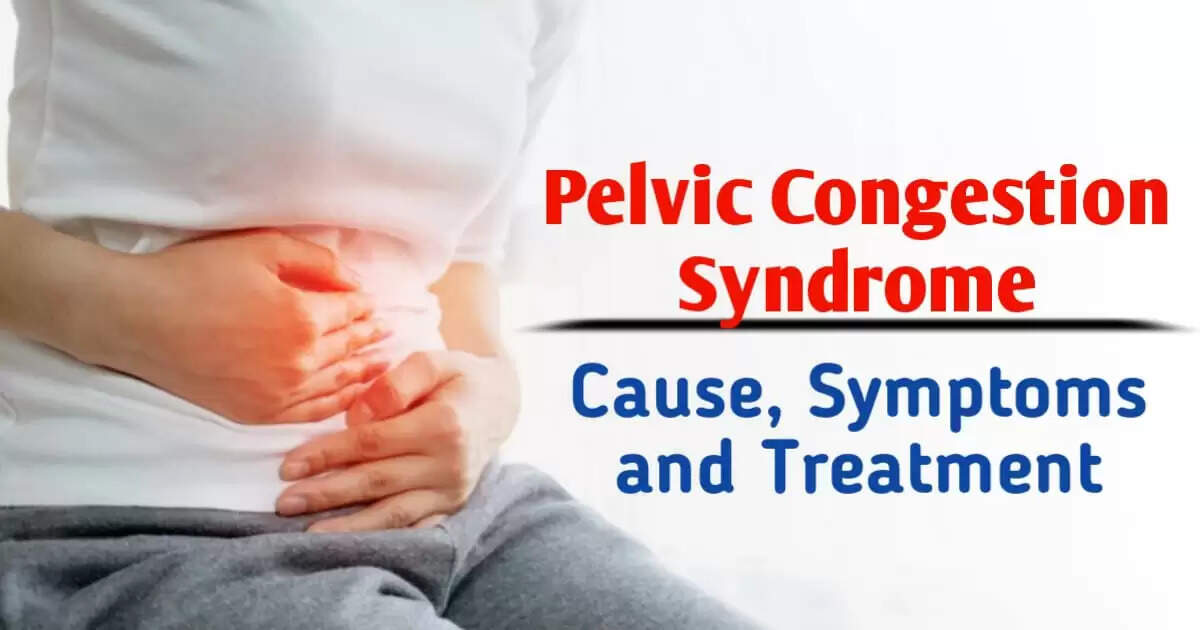Chronic Pelvic Pain? It Could Be Pelvic Congestion Syndrome

Pelvic congestion syndrome: Abdominal pain is a prevalent condition, which we often ignore by taking painkillers. But sometimes, it can also be a sign of another internal disease. Pain in the stomach of women can sometimes be a sign of pelvic congestion syndrome, which should not be ignored even by mistake.
During PCS, the veins of the pelvic region usually start expanding, and blood circulation in them is disrupted, resulting in pain in the back, abdomen, and pelvic region. Pelvic congestion syndrome is mainly found in female patients, and its main cause is the overexpansion of pelvic blood vessels.
Let us know what causes pelvic congestion syndrome and what the ways to prevent and treat it are.
Causes of PCS:
1. Major veins start expanding -
The expansion of the major veins also causes pelvic congestion syndrome. When the veins of the pelvic region start expanding excessively, the blood is not able to flow properly, due to which the pressure in the blood vessels starts increasing. This can be a sign of weakening of the veins, due to which severe pain is felt.
2. Hormonal changes -
There are many types of hormonal changes in women during pregnancy and menstruation, which can mainly cause this syndrome. In most cases, it is seen that the veins expand more due to high levels of progesterone hormone, which can hinder blood circulation.
3. Pregnancy -
During pregnancy, the increase in the size of the uterus creates additional pressure in the pelvic region, which affects the blood vessels. Due to this pressure, blood circulation is obstructed, which can cause back and pelvic pain, which is common in pregnant women.
4. Sensitive nerves, veins, and vessels -
Some women are born with weak nerves or pelvic nerve structures, which cause the nerves to stretch easily. This causes a blockage in blood circulation, which can lead to pelvic congestion syndrome and result in back and pelvic pain.
Symptoms and effects:
Symptoms of pelvic congestion syndrome include back pain, especially in the lower back, pain while standing for long periods, more pain during menstruation, and a feeling of heaviness in the pelvic region. Sometimes, pain can also be felt during sex.
Treatment and prevention:
Pelvic congestion syndrome can be treated through medications, lifestyle changes, and surgery. Surgery or angioplasty can also be resorted to by the doctor to treat the nerves. By identifying and treating it at the right time, serious problems can be avoided.
